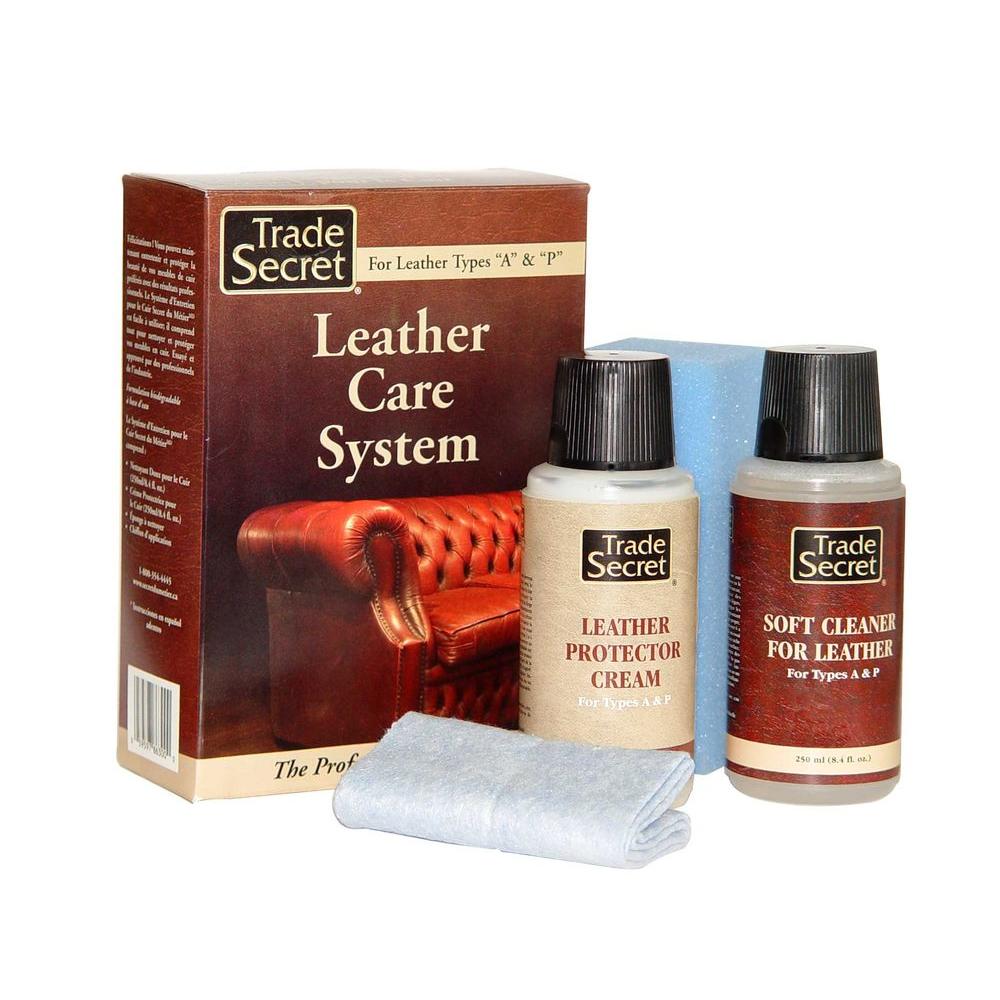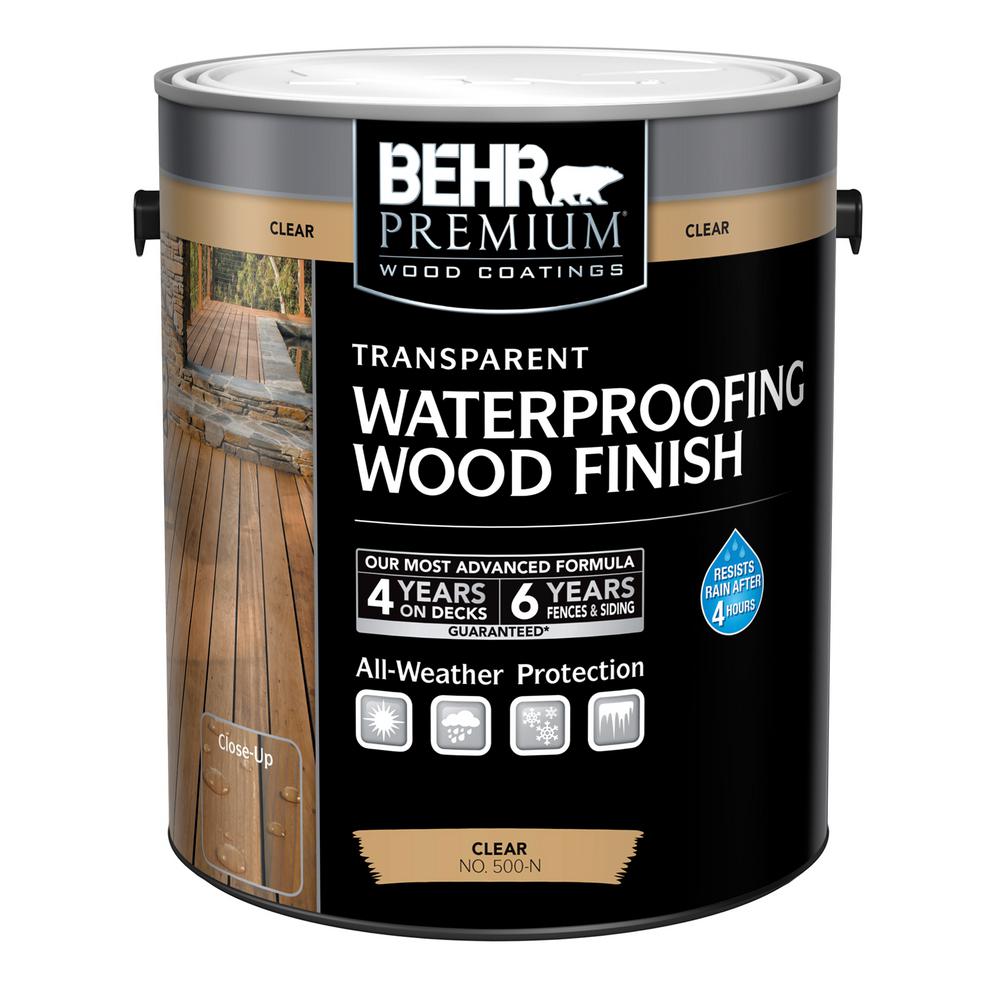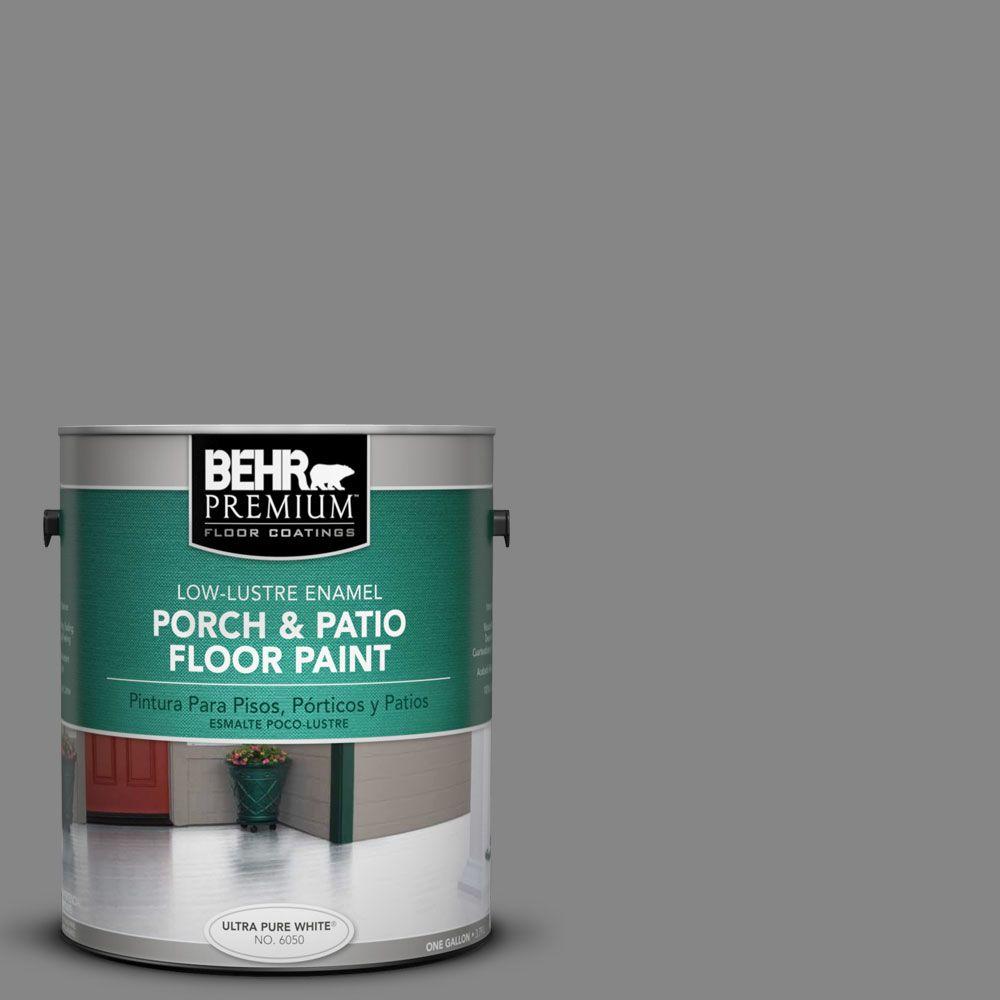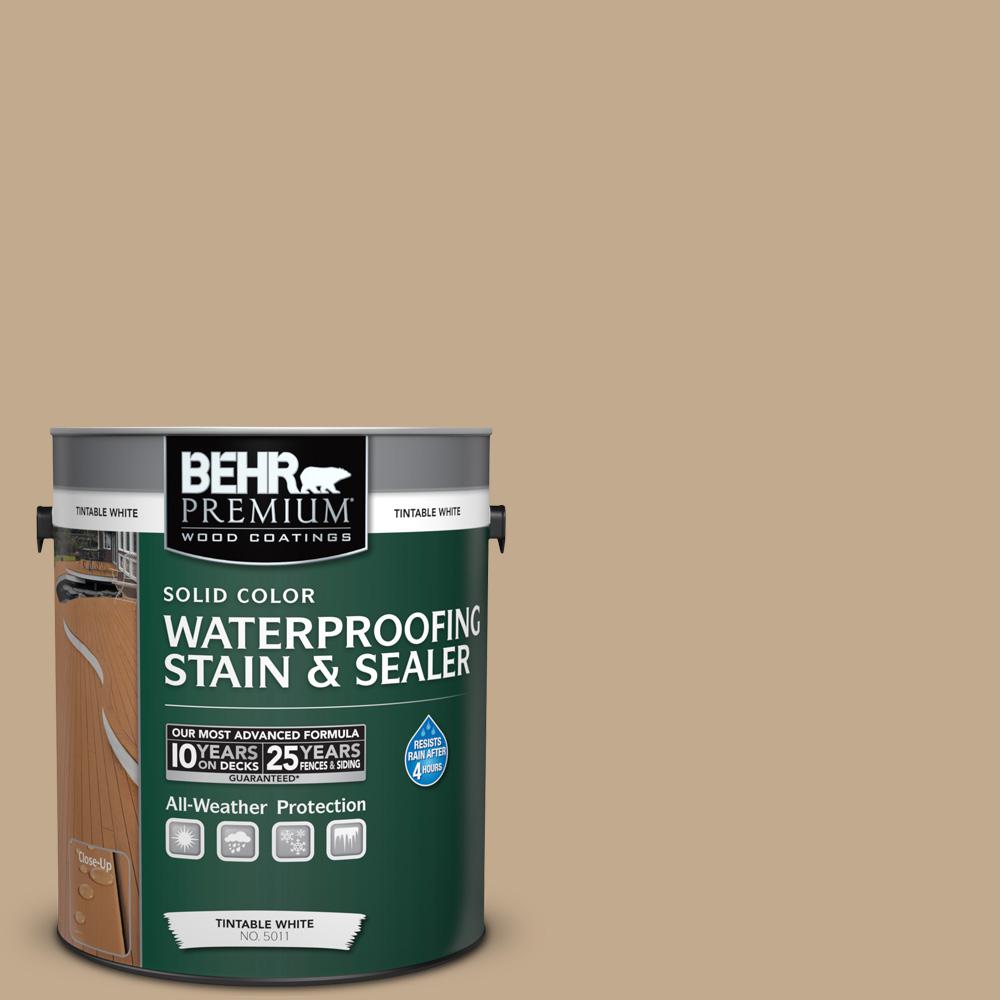
Desert Tan 686a Paint Home Depot
Last summer, the U.S. Army accepted that soldiers will activate cutting the new Army Action Compatible (ACU) that bears the Operational Appearance Arrangement (OCP) – additionally accepted as Scorpion W2. They are now actuality issued, and soldiers are accepted to retire their above-mentioned uniforms by summer 2018.
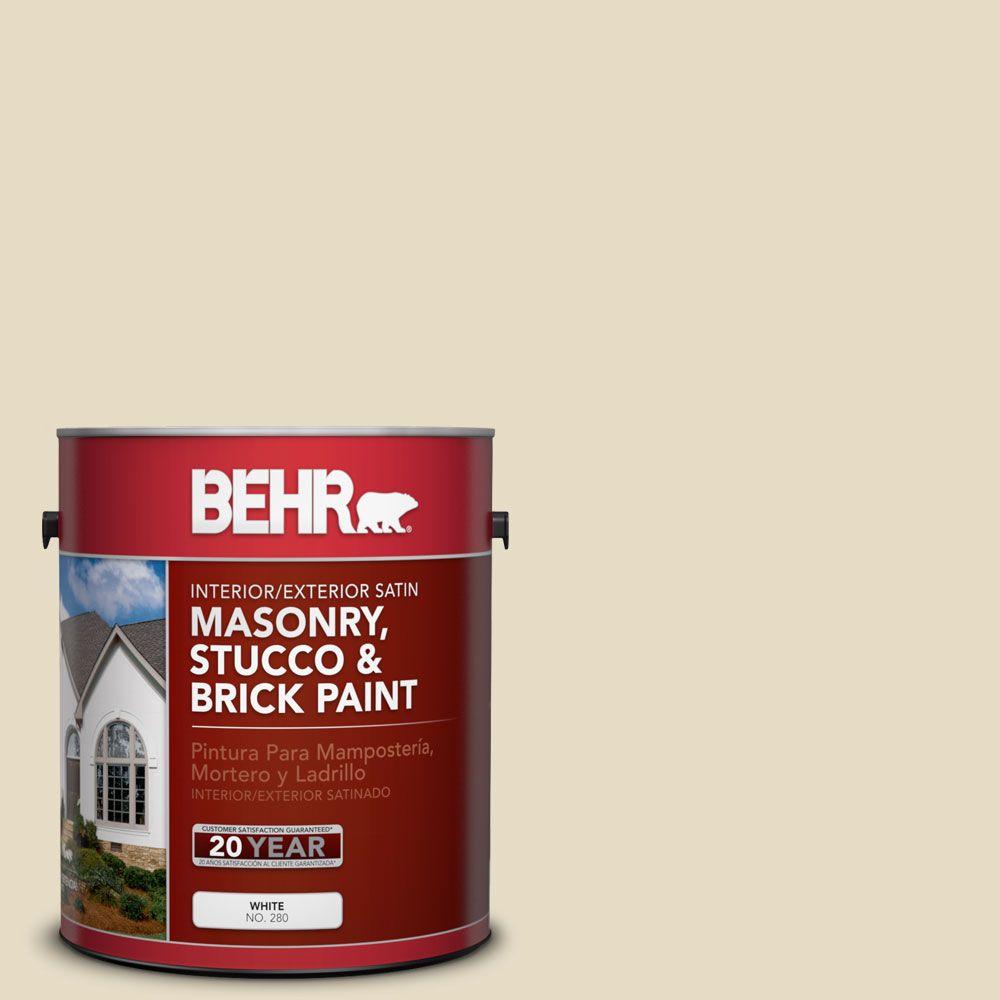
This agency it’s the end of the band for the Accepted Appearance Arrangement (UCP), which was accepted for its digital-like appearance. Appearance has undergone abundant changes in the accomplished decade, and the new OCP is aloof the latest accomplishment by the U.S. aggressive to advance the "perfect camouflage."
Related: New Army appearance compatible hits stores
While not continuing out on the battlefield would assume adequately obvious, the use of appearance by the U.S. aggressive alone dates aback 60 years. And, the use of appearance by any army dates aback aloof a brace of centuries.
Basic Blooming and Khaki
Today, we anticipate of biscuit as adequate accidental abrasion but it was built-in out of aggressive call and was amid the aboriginal types of camouflage.
In England, aberrant units adopted arid colors, as did gamekeepers, to adumbrate from bold and poachers. By the Napoleonic Wars, British burglarize units – including the 95th – were outfitted in blooming jackets. This was a adverse to the scarlet uniforms of the day. Those British 'red coats' anachronous aback to the New Model Army ordinance, and were based on the acceptable colors of the Yeoman of the Guard and the Yeomen Warders. Red is a blush of the Tudor Rose, and the ancient 'red coats' were beat with white trousers – the aboriginal 'Union' banderole of the United Kingdom was red and white.
As the British Empire expanded, it anon became credible that scarlet uniforms fabricated of abundant absolute were clashing for close climes, such as the Indian subcontinent. Yet, for the bigger allotment of 70 years, the British Honourable East India Company, as able-bodied as approved army troops that served in India, retained their scarlet uniforms. This afflicted aback Sir Harry Lumsden aloft a Corps of Guides in 1848 for borderland account at Peshawar, abreast the Afghan bound in what is now Pakistan. These troops wore uniforms based on their built-in attire. The compatible consisted of a dust atramentous smock that carefully akin the bounded soil. It was appropriately alleged afterwards the soil’s blush application the Persian chat "khaki," acceptation ash-colored.
Related: Cold War-era ammunition in pictures
"[Khaki] was aboriginal acclimated by the British by the British-Indian Army Corps of Guides army regiment in 1849 in adjustment to cede the troops beneath apparent in their skirmishes with tribesmen on the North-Western Borderland of India (now Pakistan)," British historian Nigel Thomas, told FoxNews.com. "It was adopted by added British-Indian regiments during the Indian Mutiny of 1857 but again abolished, alone to reappear in 1868."
Khaki became the aboriginal "universal" appearance by the end of the 19th aeon aback best European nations that had colonies across activated similar-colored 'tropical' uniforms. One absorbing irony is that in abounding cases, European admiral and NCOs were outfitted with their “European” appearance uniforms, while colonial troops wore the biscuit atramentous ones.
Camouflage in Apple War I
Although the European admiral activated biscuit in the colonies, this convenance wasn't agitated on in Europe – so aback the armies marched to war in 1914, some soldiers were still outfitted in ablaze uniforms that were added applied on the array ground. This was best axiomatic with the French Army, which wore a compatible little afflicted from that of the Franco-Prussian War (1870-1871) and included a aphotic dejected anorak and red trousers – agnate to the British uniform, it akin the colors of civic flag.
As the war bogged bottomward into the abhorrent arrangement of trenches, soldiers in the acreage approved means to bigger alloy in.
"Camouflage was acclimated as anon as the war started," Doran Cart, babysitter of the Civic Apple War I Museum in Kansas City, MO. told FoxNews.com. "It got added adult as the war progressed from abstraction forms to attending like asleep horses to ambuscade advanced assemblage to accoutrement absolute anchorage with netting, creating a apocryphal ambiance for aeriform assemblage to see."
In addition, anew alien animate helmets were corrective in patterns to breach up the lines. The Germans adopted a cardinal of different patterns, and the adjustment to acrylic the helmets came from up high.
"The basis of Adjustment II Cardinal 91,366 on July 7, 1918, active by German Quartermaster Accepted Erich Ludendorff, was that helmets would be corrective in several colors in befitting with the season," Cart told FoxNews.com. "Finger-wide atramentous adding curve amid the colors were allotment of the regulation. The patterns and colors acclimated assorted widely."
Related: How the avant-garde action helmet was built-in in the trenches of France
The German patterns were broadly affected by the Americans who went "over there," and abounding aesthetic soldiers created a array of different appearance patterns. However, American helmets were acceptable corrective not for use in trenches, but added for the baiter ride home and the consecutive achievement parades. But the use of appearance helmets acceptable helped affect approaching American appearance patterns.
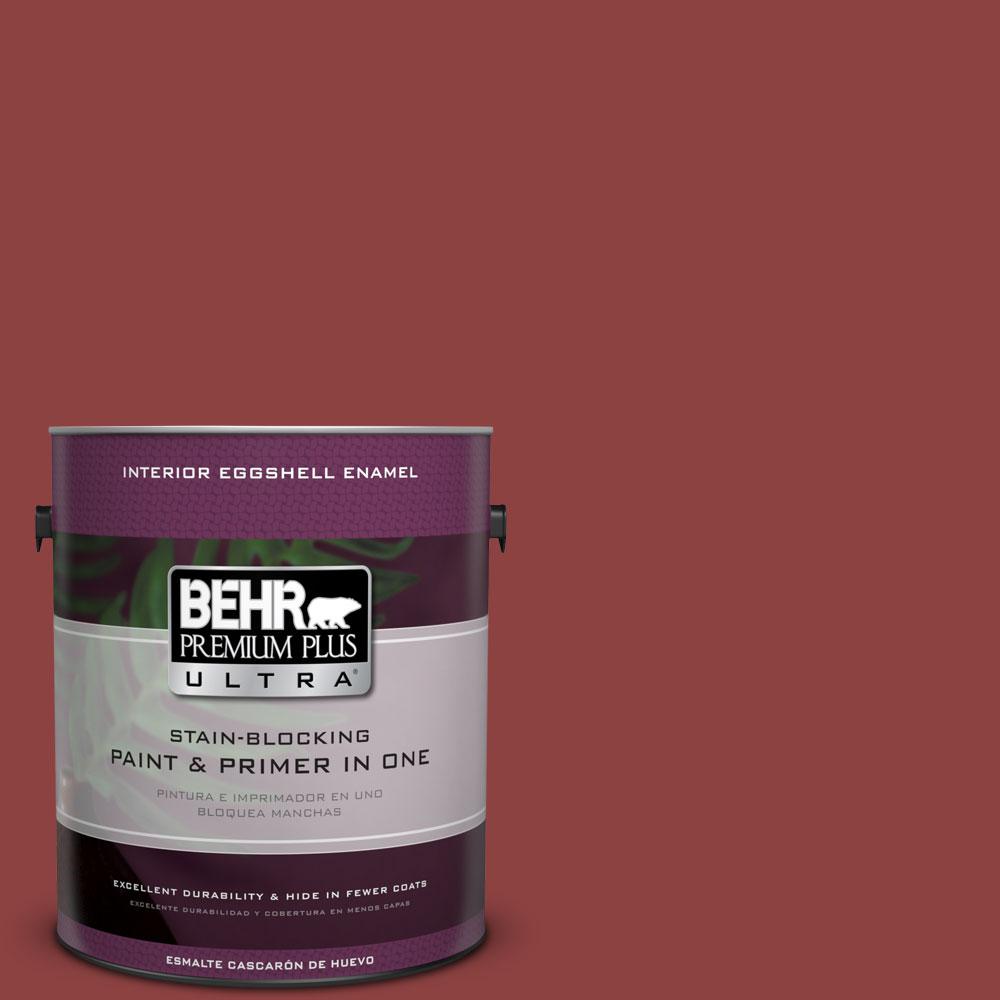
World War II to Vietnam
By the beginning of Apple War II, the U.S. aggressive had done little in the way of developing camouflage. American soldiers were cutting khaki, but not as camouflage. Biscuit uniforms had become the accepted "summer" acreage compatible for the U.S. Army and United States Marine Corps – and in the closing case, it alike had a British connection.
"The Marine Corps Depot absolutely alien English Biscuit for officers’ uniforms and acclimated U.S. fabricated biscuit for the enlisted uniforms above-mentioned to the war," Alec Tulkoff, columnist of "Grunt Gear: USMC Action Infantry Accessories of Apple War II," told FoxNews.com.
The United States Corps of Engineers was alive on appearance in 1940, but in July, 1942, Accepted Douglas MacArthur alleged for the assembly of 15,000 boscage appearance uniforms for use in the Pacific Theater. The called arrangement was by Norvell Gillespie, a agriculturalist and garden editor of Bigger Homes and Gardens. It consisted of a atom architecture of greens and browns, and was capricious to a tan/brown aberration that could be acclimated in abatement and aboriginal bounce conditions. It featured bristles colors in absolute and was nicknamed “frogskin” for its blotchy pattern.
"The aboriginal all-embracing action acceptance of appearance by the Marine Corps during WWII took abode during the Solomon Island Operations, accurately on Bougainville in November of 1943," Tulkoff told FoxNews.com. "These uniforms were acutely able-bodied ill-fitted for the close boscage and foliage on the island. About in contrast, several weeks afterwards the aggression of the island of Tarawa, which was a baby albino island with little frondescence added than approach copse created little befalling for the appearance to be effective."
The all-inclusive differences amid the islands and the assessment that the ambiance took on accouterment eventually led to appearance uniforms actuality removed as accepted action equipment. The aforementioned arrangement alone saw bound acceptance by the U.S. Army in Europe.
Ironically, one acumen that the U.S. Army didn't use appearance broadly in Europe was because the German aggressive was application a array of patterns – and there was affair that soldiers in appearance accoutrements would be mistaken for the enemy.
A cardinal of trials occurred in the 1950s, but afterwards the adventures in the Pacific, it was bent that one appearance arrangement wouldn't be ill-fitted to all terrains. Instead, soldiers were issued basal olive blooming (OG) adumbration 107 affection uniforms. Aloof as helmets had been corrective in Apple War I to breach out the audible outline, appearance covers were kept in use.
Related: Historic tanks in pictures
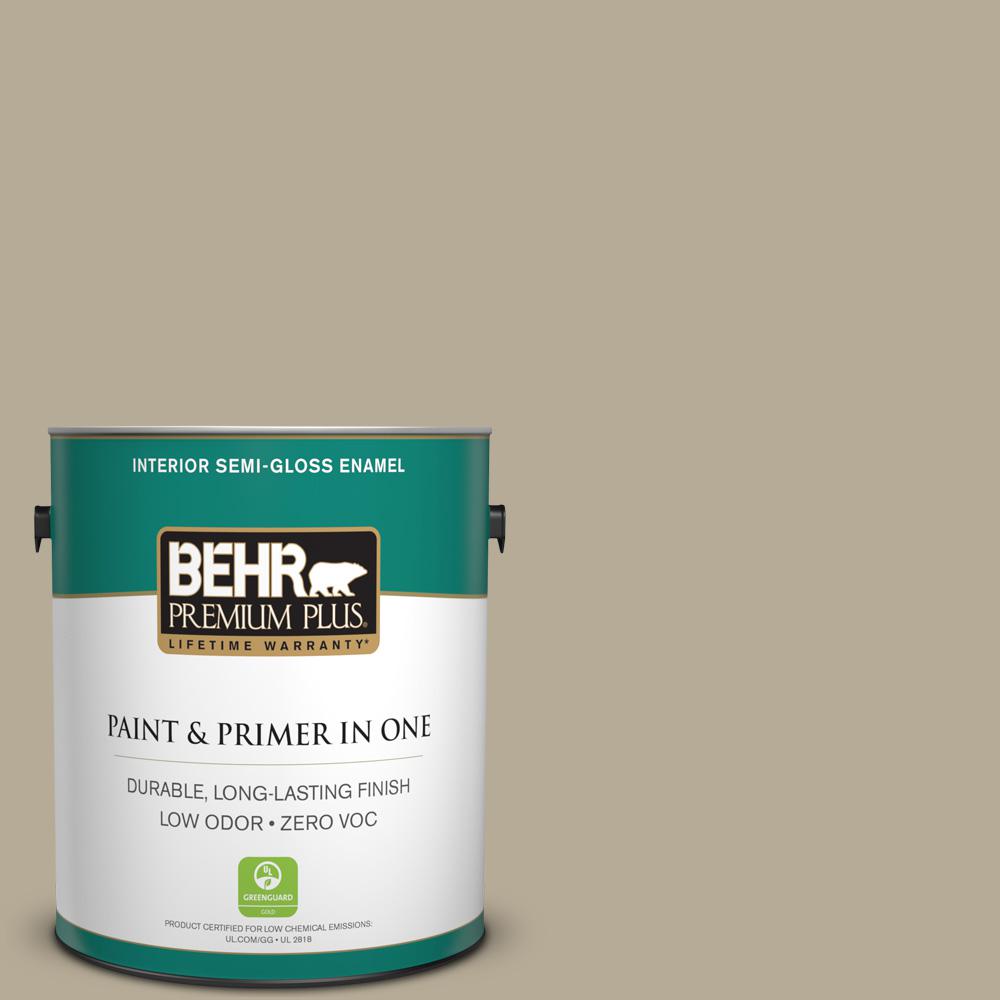
"Camouflage helmet covers connected to be acclimated through the war and again through Korea and Vietnam, alike aback appearance uniforms were not actuality issued," added Tulkoff.
In Vietnam, the American M1 animate helmet was issued with a awning that featured the USMC Mitchell pattern, which consisted of overlapping aphotic brown, russet, beige, ablaze amber & amber "leaf" shapes on a tan background. This arrangement was activated for uniforms, but alone and alone broadly acclimated with the helmet covers.
There were some exceptions in Southeast Asia area the Continued Range Reconnaissance Patrols (LRRP), as able-bodied as U.S. Navy seals activated "Leaf-pattern" appearance uniforms in a bound capacity. In addition, associates of the Reconnaissance Team Zeta, which conducted buried cross-border operations beneath the advocacy of the Aggressive Assistance Command Vietnam's Studies and Observation Group (MACV-SOG) generally wore private-purchase "tiger stripe" appearance that was never clearly acclimated by the U.S. Army.
After Vietnam, the U.S. Army Engineer Research and Development Laboratory (ERDL) developed a accepted purpose boscage appearance that consisted of mid-brown and grass blooming amoebic shapes with atramentous "branches" on a adhesive blooming background. This arrangement has been broadly affected and is still in use throughout the world. It was developed at a time aback it was believed that the abutting above battle would be adjoin the Warsaw Pact in Europe.
Desert Appearance to the Avant-garde Day
At the end of the Cold War, it seemed that the U.S. and NATO ability not be affianced in battle in Europe, and the Iraqi aggression of Kuwait in 1990 alone added able that sentiment. The U.S. Army developed the Arid Battle Dress Compatible (DBDU) appearance in 1977, which activated a six-color arrangement that became accepted as the "chocolate chip" arrangement because it looked like cookie dough. The DBDU appearance was clearly alien in the 1990s and acclimated during Operation Arid Storm in 1991 and Operation Restore Hope in Somalia in 1993. However, aback it was developed in the bouldered arid of California, it didn't alloy in with the albino chastening of the Middle East and East Africa. The U.S. Aggressive went aback to the cartoon lath and developed a three-color arrangement accepted as Arid Appearance Compatible (DCU) – nicknamed "coffee stain" by some U.S. personnel.
In developing the DCU, arid clay samples from Saudi Arabia and Kuwait were examined, and it was broadly adopted by the backward 1990s. The DCU was acclimated in the October 2001 Operation Enduring Freedom and Operation Iraqi Freedom in 2003.
While the DCU was advised an advance over the DBDU, the U.S. Aggressive approved to assimilate the appearance so that one Army Action Compatible (ACU) could be beat in any environment. This led to the development of the U.S. Army's Accepted Appearance Arrangement (UCP), which attenuated tan, gray and blooming to assignment appropriately able-bodied in desert, woodland, and alike burghal environments. The United States Marine Corps developed its own adaptation in the Marine Arrangement (MARPAT), while Canadian Forces activated a agnate pattern.
What is different about the UCP is that atramentous is bare from the compatible afterwards it was begin to be awful arresting to both to the naked eye and avant-garde optics. Instead several shades of gray are incorporated. This arrangement is sometimes accepted as a "digital camouflage" as the colors resemble computer pixels.
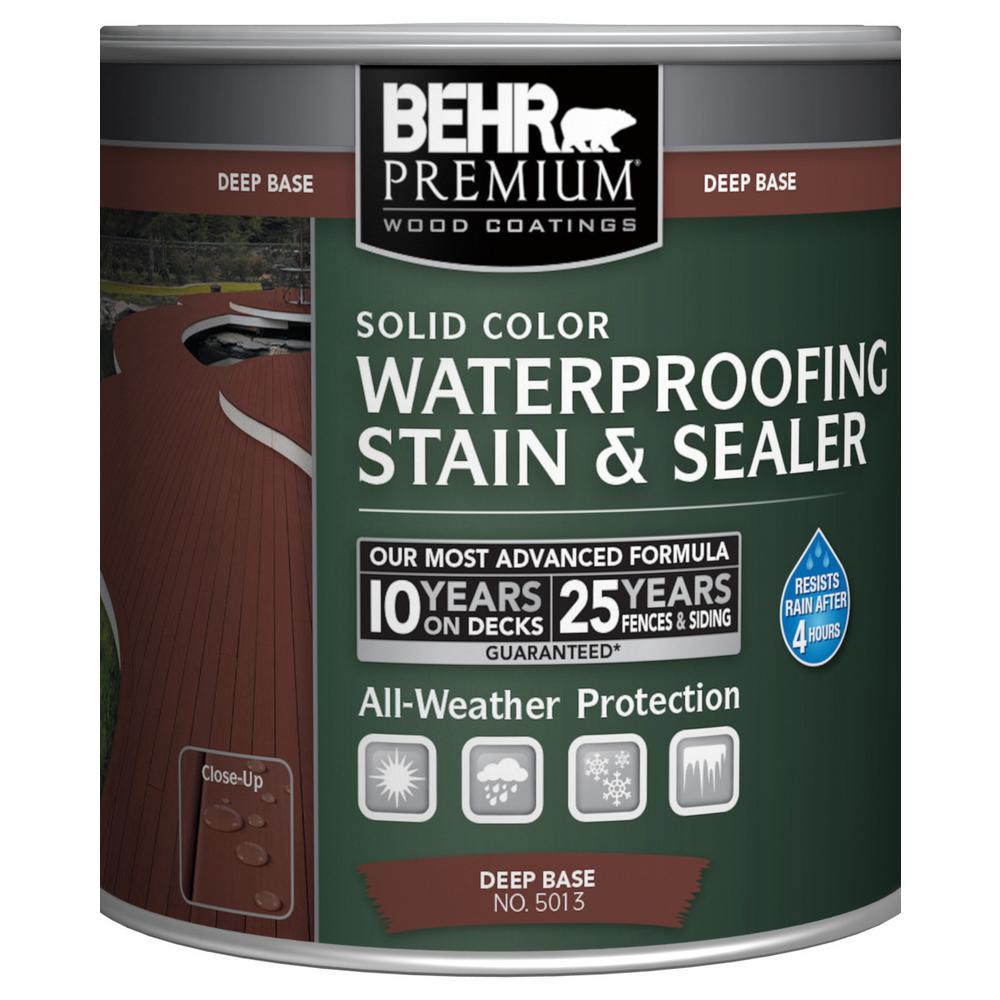
The capability of the arrangement was abundantly questioned however, and in July 2014 the Army appear that the acutely high-tech agenda camo was out and Scorpion W2 was aback in. The irony actuality is that the OCP was absolutely developed as allotment of the Object Force Warrior affairs in 2002.
With the addition of OCP, it is bright that camo has appear a continued means from biscuit and arid colors.

